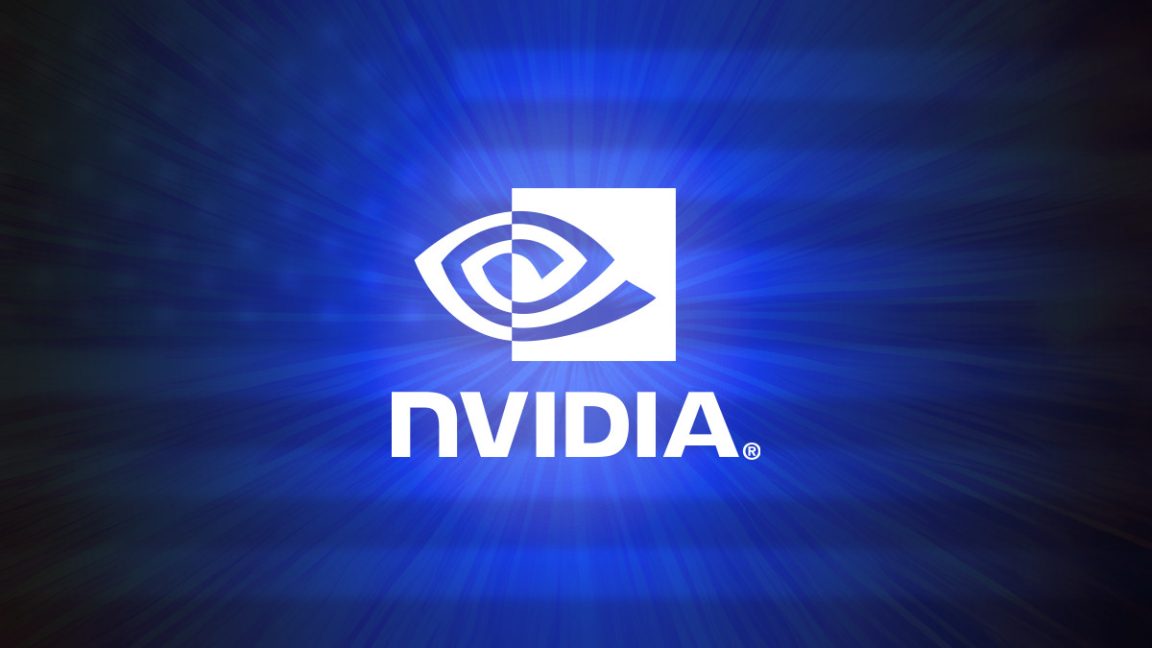Introduction to AI News and Updates
Good morning, AI enthusiasts! Want to start this week’s issue with a quick announcement: the enrollment for the next “From Beginner to Advanced LLM Developer” cohort is open right now — and will kick off June 1st with a call with our CEO, Louie Peters! Reserve Your Seat — at a 75% Discount!
Featured Topics and Research
This week, we start with a breakdown of dynamic and customized prompting techniques, moving beyond static instructions to more adaptive, conversational flows. Then we dive into orthogonal polynomials in Kolmogorov-Arnold Networks — yes, it’s technical, but worth it if you care about what’s under the hood of interpretability and efficiency. There’s more: we cover the Model Context Protocol and CrewAI for scaling enterprise agents, a hybrid attention method for forecasting binary sequences, and the evolution of Bayesian Networks for real-time, probabilistic reasoning.
Learn AI Together Community Section
The Learn AI Together Discord community is flooded with collaboration opportunities. If you are excited to dive into applied AI, want a study partner, or even want to find a partner for your passion project, join the collaboration channel! Keep an eye on this section, too — we share cool opportunities every week!
Collaboration Opportunities
- Benjaminlee9472_18198 is looking for a partner to work on AI projects, such as training a model. If this is your focus as well, reach out in the thread!
- Lokomatic is looking to collaborate with partners focusing on AI literacy/training, DS literacy, GenAI Upskilling, and other learning areas. If this sounds relevant to you, connect in the thread!
Meme of the Week
Meme shared by ghost_in_the_machine.
TAI Curated Section
Article of the Week
Designing Customized and Dynamic Prompts for Large Language Models By Shenggang Li. The author reviewed techniques for creating customized and dynamic prompts for Large Language Models.
Our Must-Read Articles
- Orthogonal Polynomials in Kolmogorov-Arnold Networks: Use Case and Scenarios By Fabio Yáñez Romero. This blog reviewed Kolmogorov-Arnold Networks (KANs), noting challenges with B-Spline implementations.
- Model Context Protocol and CrewAI: Scaling Enterprise AI with Standardized Context By Samvardhan Singh. This article explored Model Context Protocol (MCP) and CrewAI, technologies designed to enhance enterprise AI.
- Hybrid Attention for Binary Sequence Forecasting By Shenggang Li. This article introduces a method for binary sequence forecasting, BinaryTrendFormer.
- From Static to Dynamic: Evolving Bayesian Network Thinking for Real-World Applications By Shenggang Li. This article explored Bayesian Networks, distinguishing between static and dynamic models.
- Understanding LLM Agents: Concepts, Patterns & Frameworks By Allohvk. This article explored LLM agents, defining them as entities that use LLMs to solve complex tasks by interacting with environments and tools.
Conclusion
The field of AI is rapidly evolving, with new techniques, protocols, and methodologies being developed to enhance efficiency, interpretability, and scalability. From customized and dynamic prompting for Large Language Models to the evolution of Bayesian Networks, there’s a wealth of knowledge to explore. Whether you’re a beginner looking to learn more about AI or an advanced developer seeking to improve your skills, there are numerous resources and communities available to support your journey.
FAQs
- Q: What is the focus of the "From Beginner to Advanced LLM Developer" cohort?
- A: The cohort focuses on developing skills in Large Language Models (LLMs), from beginner to advanced levels.
- Q: What are some of the topics covered in the featured research?
- A: Topics include dynamic and customized prompting techniques, orthogonal polynomials in Kolmogorov-Arnold Networks, Model Context Protocol, CrewAI, hybrid attention for binary sequence forecasting, and the evolution of Bayesian Networks.
- Q: How can I get involved in the Learn AI Together community?
- A: You can join the community through their Discord channel and participate in collaboration opportunities, share your projects, or find a study partner.
- Q: What is the significance of Bayesian Networks in real-world applications?
- A: Bayesian Networks are significant for real-time, probabilistic reasoning, and they can be static or dynamic, depending on whether they use current data or forecast evolving trends.











